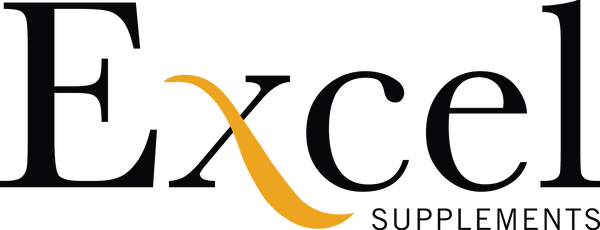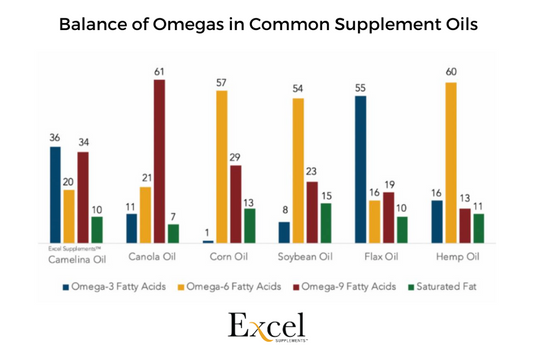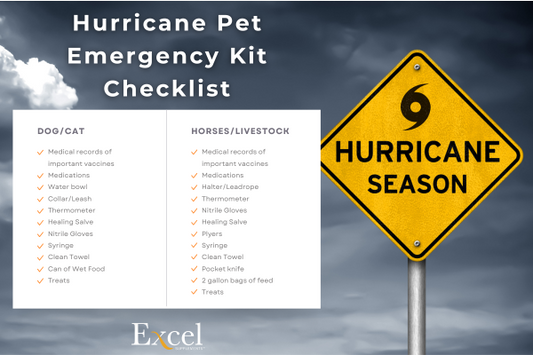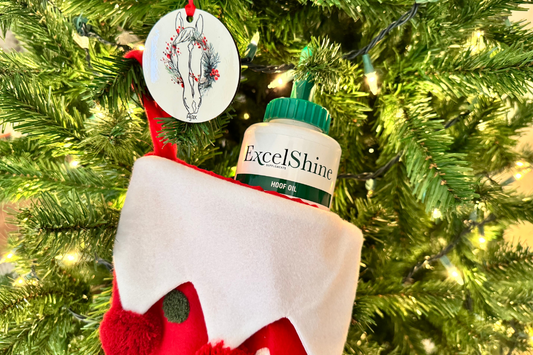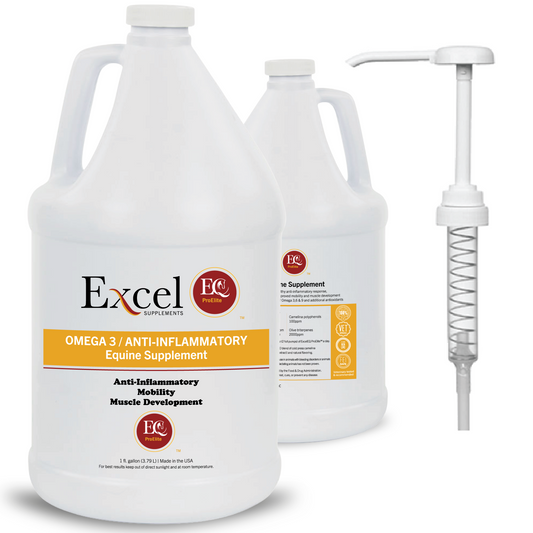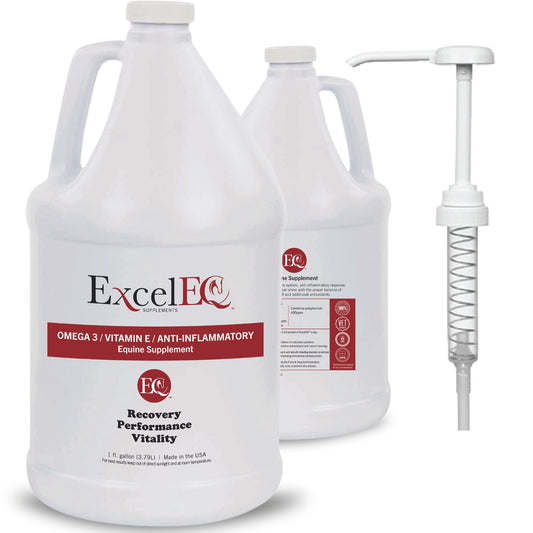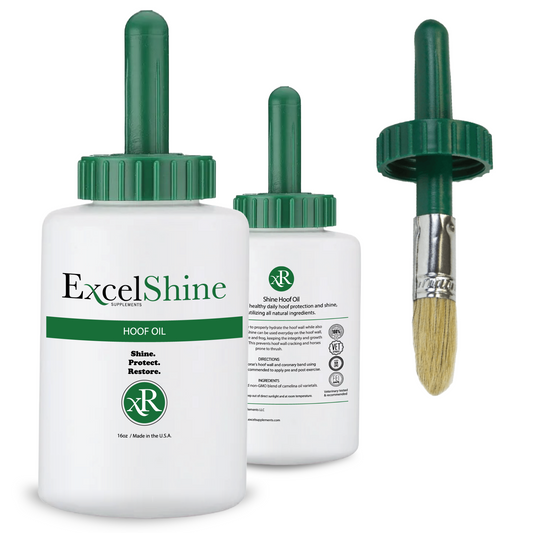Leasing a Horse 101: A Comprehensive Guide for Equestrian Enthusiasts
Share
If you're dreaming of owning a horse but are not quite ready for the full commitment, leasing a horse could be the perfect solution. Leasing offers many of the joys and responsibilities of horse ownership with fewer long-term obligations. In this guide, we'll cover everything you need to know about leasing a horse, from the benefits and types of leases to tips for a successful experience.
What is Horse Leasing?
Leasing a horse involves a contract where you pay for the use of a horse for a specified period, similar to renting. It's an excellent option for those who want to experience the joys of horse riding and care without the full responsibilities of ownership.
Benefits of Leasing a Horse
-
Cost-Effective: Leasing a horse typically costs less than owning one. You’ll save on initial purchase costs, ongoing maintenance, and emergency veterinary care.
-
Flexibility: Leasing arrangements can be tailored to fit your needs, whether you’re looking for a horse for a few months or a year.
-
Trial Experience: It’s a great way to test out your suitability for horse care before making a long-term commitment.
-
Access to Better Horses: Leasing allows you to ride and care for horses that might be out of your budget if you were buying outright.
Types of Horse Leases
-
Full Lease: With a full lease, you have complete control over the horse. You are responsible for all expenses, including board, feed, and veterinary care, and can use the horse as if it were your own.
-
Partial Lease: In a partial lease, you share the horse with the owner or other lessees. You typically have access to the horse for specific days of the week and share the associated costs.
-
Free Lease: A free lease means you have the horse for no leasing fee, but you’re still responsible for expenses. This is often used when the owner wants to ensure their horse is in good hands.
How to Find the Right Horse Lease
-
Determine Your Needs: Assess your riding level, time commitment, and budget. This will help you find a horse that matches your needs and goals.
-
Visit Local Barns and Stables: Many barns and stables have horses available for lease. Talk to trainers and barn managers who can recommend horses that fit your criteria.
-
Check Online Platforms: Websites dedicated to equestrian services often list horses available for lease. These platforms can provide detailed information and photos of potential lease horses.
-
Evaluate the Horse: Spend time riding and interacting with the horse to ensure it’s a good fit for your skill level and personality.
Important Considerations Before Leasing a Horse
-
Understand the Lease Agreement: Ensure you thoroughly read and understand the lease contract. It should outline your responsibilities, costs, and what happens in case of emergencies or disputes.
-
Insurance: Check if you need insurance for the horse. Some leases include insurance, while others may require you to purchase it separately.
-
Health and Safety: Make sure the horse is in good health and that you have access to its medical records. Regular check-ups and vaccinations are essential.
-
Facilities and Equipment: Ensure that the boarding facilities and equipment are suitable and meet your standards for the horse’s care.
Final Thoughts
Leasing a horse can be a fulfilling way to enjoy the equestrian lifestyle without the full commitment of ownership. By understanding the types of leases available and thoroughly evaluating the options, you can ensure a positive and rewarding experience. If you’re ready to explore the world of horse leasing, start by connecting with local stables or online resources to find the perfect match for your equestrian journey.
For more tips and advice on equine health and horse care, visit our blog at Excel Supplements.
